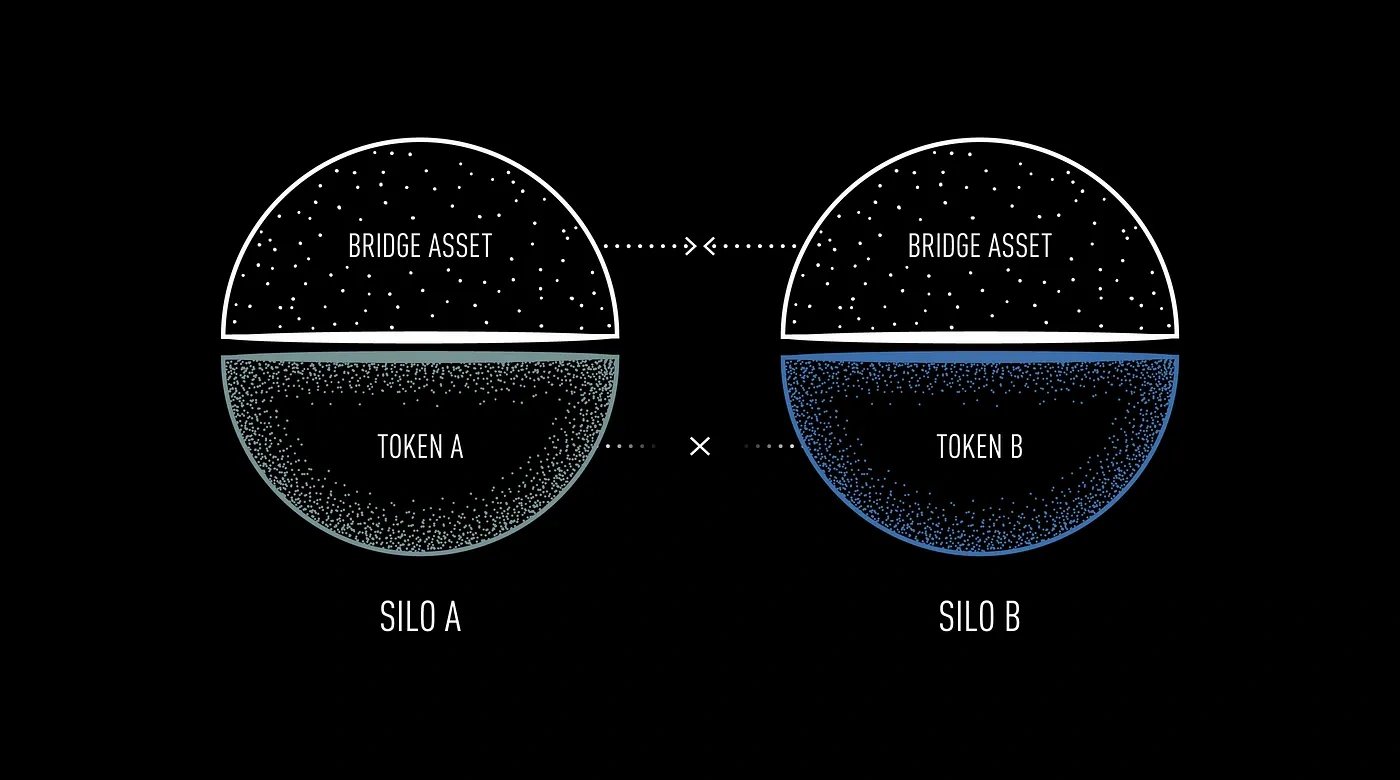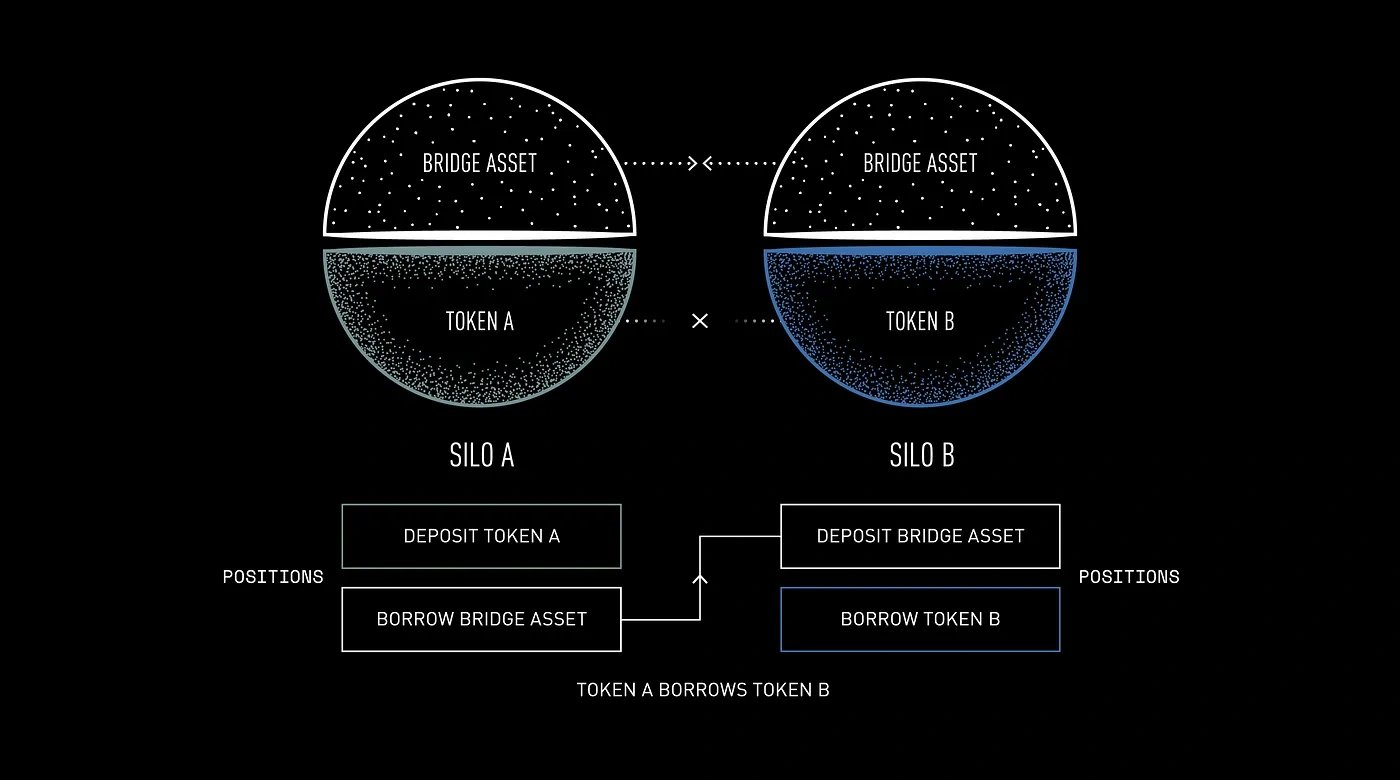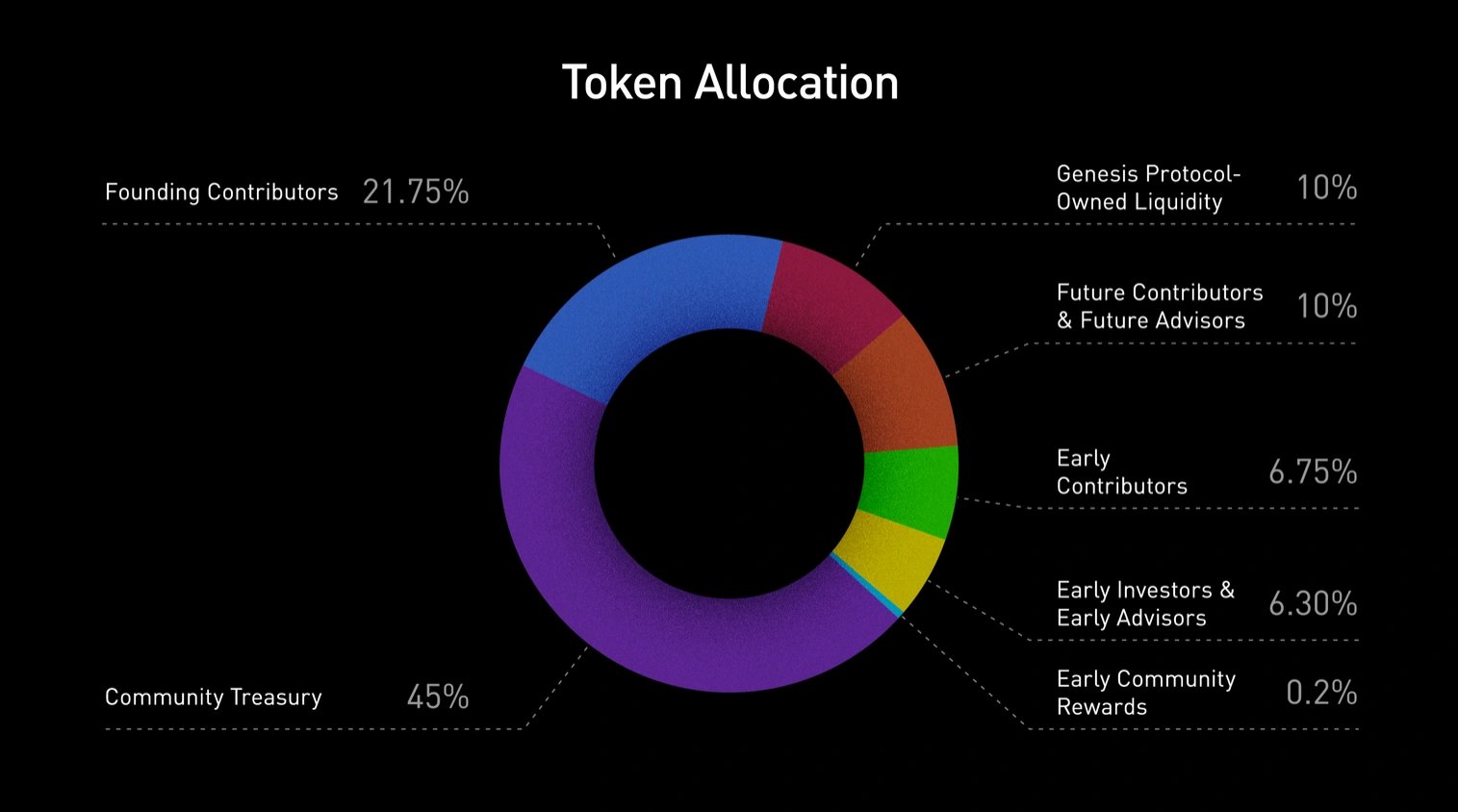Silo Finance
Silo Finance is a non-custodial lending protocol that aims to facilitate borrowing and lending of various crypto assets. It features a risk-isolated lending market, where users can deposit tokens to earn interest or use them as collateral to borrow other cryptocurrencies.[1][2]
Overview
Founded in 2021, Silo Finance is a non-custodial lending protocol that aims to offer isolated lending markets known as Silos. Each Silo is designed to include a base asset and a bridge asset, such as ETH or stablecoins, which aims to isolate risk to individual markets to prevent systemic exposure.
Silo Finance aims to support lending for all tokens, including niche tokens that are difficult to list on other lending markets, by not sharing risk across the protocol. Interest rates are adjusted algorithmically based on the token’s interest rate model and current utilization. Governance is managed by a decentralized autonomous organization (DAO), where token holders participate in decision-making processes.[1][2][3][4]
Architecture
Silos
In Silo Finance, a Silo is an isolated money market that consists of a base asset (e.g., wstETH) and a bridge asset (e.g. ETH and a stablecoin such as USDC). This setup aims to confine risk to individual Silos, thereby reducing the potential for systemic risk across the protocol.[3][5]
Base Asset
In Silo Finance, each silo is assigned a single token asset, referred to as the base asset, which can serve as collateral for borrowing bridge assets and vice versa. Since each silo exclusively accepts one base asset, issues affecting Token XYZ do not impact Silo ABC, which only accepts Token ABC and bridge assets as collateral. This risk segregation allows the creation of new silos for various tokens without compromising overall protocol risk.
The protocol utilizes three ERC-20 tokens: one for collateral, one for protected collateral, and one for debt. Users can determine whether their deposits can be borrowed or remain as protected collateral. The system manages these tokens with mint and burn functions and includes transaction notifications.[3][5]

Bridge Assets
In Silo Finance, bridge assets such as ETH serve as shared tokens across all markets, aiming to facilitate their use as collateral or for borrowing in any silo. This enables the creation of positions in multiple silos by utilizing the bridge asset as a link. Deposits of bridge assets are confined to their specific silo, ensuring isolation from other silos.
For instance, if Token XYZ experiences an adverse event, only bridge asset depositors in Silo XYZ may be impacted, while those in Silo ABC remain unaffected. Bridge assets, compatible with ERC-20, are intended for connecting silos and managing cross-silo operations. They are overseen in the Silo Repository, where governance can adjust their inclusion and operational roles.[3][6][7]

Collateral Factors
In Silo Finance, collateral factors are designed to manage risk within each Silo, employing parameters such as Loan to Value (LTV), Liquidation Threshold, Liquidation Penalty, and Oracles. Collateral factors differ across tokens and silos to account for market volatility and on-chain liquidity.
Higher-risk tokens have more conservative collateral factors to provide a larger safety margin for lenders. Deposits can be borrowable or protected. Borrowable deposits aim to earn interest when lent to borrowers, while protected deposits, not lent out and not earning interest, can still serve as collateral.[3][8]
Interest Model
Silo Finance’s interest rate model aims to maintain an optimal utilization rate by adjusting interest rates based on the ratio of borrowed to deposited tokens. The system seeks to respond dynamically, increasing or decreasing interest rates and their rate of change according to different utilization levels to balance liquidity.
Silo Finance employs various interest rate models that can be applied on a per-token per-silo basis, allowing for detailed customization for different token types.[3][9]
Tokenomics
Silo Finance Token ($SILO)
$SILO serves as the governance token for SiloDAO. It aims to facilitate participation in protocol decision-making through voting.[12]
Utility
The $SILO token is used for governance within the SiloDAO. Its functions include:
- Deploying New Markets: Setting up new markets with specific parameters.
- Adjusting Market Parameters: Modifying settings of existing markets.
- Managing Bridge Assets: Adding or removing bridge assets.
- Modifying Fee Mechanisms: Changing the DAO’s fee structures.
- Increasing Token Supply: Proposing adjustments to the token supply.
- Deploying Protocol-Owned Liquidity: Allocating liquidity controlled by the protocol.[12]

Allocation
Starting December 1, 2021, the protocol aims to mint a total of 1 billion $SILO tokens over four years, with the potential for future inflation subject to token holder decisions. The distribution and vesting schedule are as follows:
- Genesis Protocol-Owned Liquidity (10%): Tokens are allocated following a public auction and are claimable immediately after the auction.
- Community Treasury (45%): Tokens are subject to linear vesting over three years and are managed by the community through governance.
- Early Contributors (6.75%): Tokens vest linearly over four years with a six-month cliff starting after the Token Generation Event (TGE).
- Founding Contributors (21.75%): Tokens vest linearly over three years with a six-month cliff starting after the TGE.
- Early Community Rewards (0.2%): Tokens were airdropped to community members in January 2022.
- Early Investors & Advisors (6.30%): Tokens vest linearly over two years with a six-month lock period starting after the TGE.
- Future Contributors & Advisors (10%): Tokens are subject to linear vesting over four years with a one-year cliff beginning after joining the DAO.[13]

Governance
Silo Finance operates under a decentralized governance structure managed by the Silo DAO. Token holders can vote on various proposals or delegate their voting rights. Initially, the core development team will oversee protocol management and voting processes but will not control the DAO’s treasury.
The governance framework is designed to incorporate delegated voting, akin to models used by other protocols like Compound. Over time, the development team will transition administrative functions to the Silo DAO. Token holders will be able to vote on aspects such as protocol assets, revenue mechanisms, collateral factors, and product milestones. Governance discussions and proposals will be conducted through a dedicated forum, with additional details on governance procedures and token distribution to be provided in the future.[3][14]
Deprecated
The Silo protocol uses an overcollateralized stablecoin known as $XAI which is soft-pegged to the US dollar which is used as a bridge asset alongside $ETH on the Silo Legacy deployment.
$XAI is currently being deprecated, which is a process that involves repayment and burning of outstanding $XAI debt.[10][11]
Team
The team at Silo Finance comprises:
- Shadowy Edd, Smart Contracts Lead.
- Ihor, Senior Smart Contracts Engineer.
- Neo Racer, Senior Smart Contracts Engineer.
- Tyko, Senior Frontend Engineer.
- Siros Ena, Frontend Lead.
- Andrew, Product Design Lead.
- Augustus, Operations Lead.
- Aiham Jaabari, Growth Lead.
- Yoshua Urioste, Business Development Manager.
- Nutoro D. Chutoro, Marketing Lead.
- Alex, Mathematician.
- Anton, Mathematician.[2]
